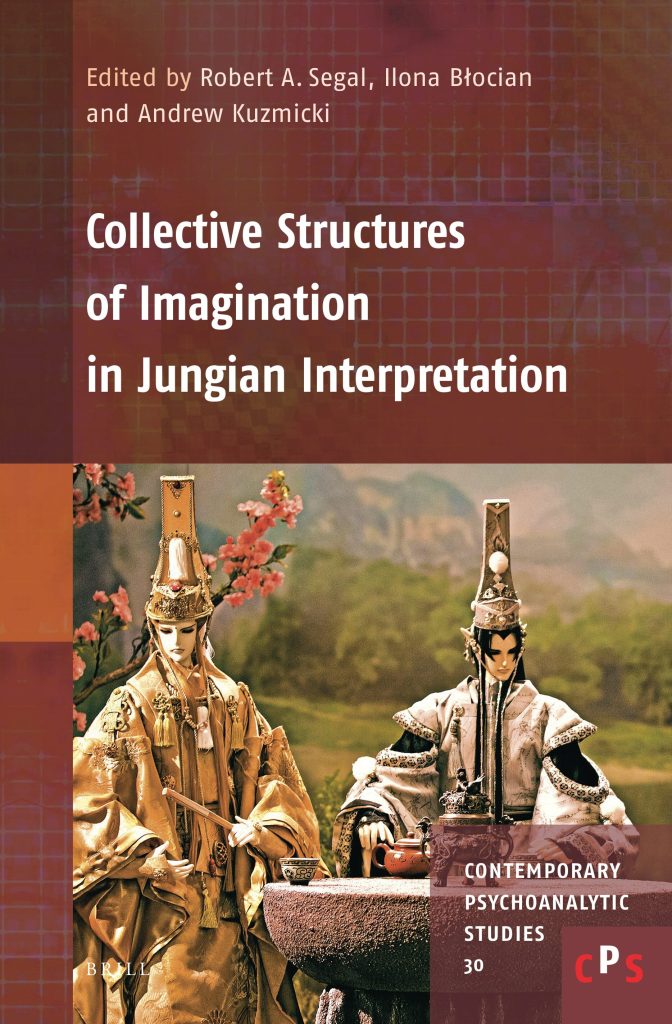Collective Structures of Imagination in Jungian Interpretation
With dr hab. Ilona Błocian, prof. UWr of the Institute of Philosophy, co-author of the monograph titled “Collective Structures of Imagination in Jungian Interpretation”, we discuss scientific exploration of Jungian interpretations, networking with scholars who share admiration for Carl Gustav Jung and cooperation with the prestigious publishing house Brill.
The monograph Collective Structures of Imagination in Jungian Interpretation contains texts by twenty authors representing various research centres around the world, including in the USA, Japan, Australia, Serbia, the United Kingdom and Italy! And they were all joined by Carl Gustav Jung?
Yes. The authors select elements of social thought in Jung’s concept, examine its sources, indicate where its determinants are constituted and define its horizon, consequences, potential, relationship with contemporary approaches in various disciplines of science, such as social psychology, sociology or social philosophy.
The volume is divided into three parts. What are they about?
The first part, titled Collective Structures of the Unconscious includes texts devoted to basic categories that allow the study of the relationship between mental reality, collective imagination and social phenomena. John Beebe considers the status of the basic approaches, categories and contexts as they are used in Jung’s concept and refers them to those created in the history of thought. Other authors, including myself and Ewa Kwiatkowska, discuss the relationship of Jung’s social thought with psychological and anthropological concepts, and others – like Johann Graaf – with sociological ones. Many of Jung’s writings refer directly to the issues of social thought and his comments on contemporary events of a socio-political nature, such as totalitarianism, political leadership or contemporary forms of religiosity. They show a special relationship between the individual and society, between the archetype and the historical and social dimension, between mass processes and the collective imagination. They open a research perspective of the autonomous importance of the visual sphere.
This sounds like a monograph which will be very interesting for researchers in many fields. What are the other parts about?
The second part of the volume, Social Imaginarium is devoted to the analysis of specific collections and structures setting the order of images about social impact, collective images reflected in architectural forms, literature, films and psychotherapeutic practices, myths, images themselves, or dance forms. The third part, Psychological Significance in Social Processes contains texts about the analysis of contemporary social processes and their possible explanations and ways of understanding Jung’s social thought (“archetypal sociology”) and criticism of contemporary (twentieth-century) socio-cultural phenomena. The pillars of these aspects of Jung’s concept should be seen in the sharp clash between the evolution of the unconscious and the rapid pace of change in the mass, industrial and ultimately post-industrial society. The authors present questions about the instinctive patterns of the social hierarchy, the category of “cultural unconsciousness”, the terror management theory (TMT), the archetypal meaning of the fear of death, the phenomenon of Sebastianism as a political and religious movement influencing political ideas of various groups for many centuries in the history of Brazil, critical images of Frankfurt school’s relations with contemporary societies and the concept of mental health, and the so-called imagopathy, logereia and perception culture in the sphere of virtual and visual communication.
Cooperation in such a large team was certainly quite a challenge. Can you describe the work on the book and cooperation with the prestigious Brill publishing house?
The work on the volume itself was associated with many challenges, contact with researchers representing different approaches, many separate disciplines of science, different traditions. It was a real international polyphony and a lot of different and nice friendly contacts.
Cooperation with the Brill publishing house at publication of monographs and multi-author volumes usually takes long; submitting a proposal, developing a description of the content, potential value for various audiences, waiting for assignment to a publishing series, and finally – reviews, all the process takes a lot of time and requires a lot of patience. There are several rounds of corrections, as manuscripts are sent from editors to authors and back multiple times. If the book is published at no cost to the authors and their institutions, many technical issues lie with the authors or scientific editors of the volume. In our case, waiting times were extended several times due to the covid situation and changes in the publishing house’s distribution scheme.
The whole process turned out to be a big undertaking. Apart from the satisfaction of working together, it brought dialogue, contacts, and – perhaps most importantly – a sense of belonging to a research community of common understanding, relationships with people dealing with similar subjects.

